Manaslu Trek in May- Embarking on the Manaslu trek in May offers an extraordinary opportunity to immerse yourself in the breathtaking natural beauty of the Himalayas. Nestled in the heart of Nepal, the Manaslu region boasts awe-inspiring landscapes, stunning mountain vistas, diverse flora and fauna, and a rich cultural tapestry.
In this blog post, we will dive into the highlights, weather conditions, flora and fauna, surroundings, necessary gear, crowd expectations, local festivals, transportation from Manaslu to Kathmandu, side treks, and the difficulty level of this captivating trek.
Highlights of the Manaslu Trek
The Manaslu trek is a hidden gem, encompassing a diverse range of attractions. Here are some highlights you can look forward to:
Majestic Mountain Views:
Marvel at the towering peak of Mount Manaslu (8,156m), the eighth-highest mountain in the world, along with other stunning peaks like Himalchuli, Ngadi Chuli, and Ganesh Himal.
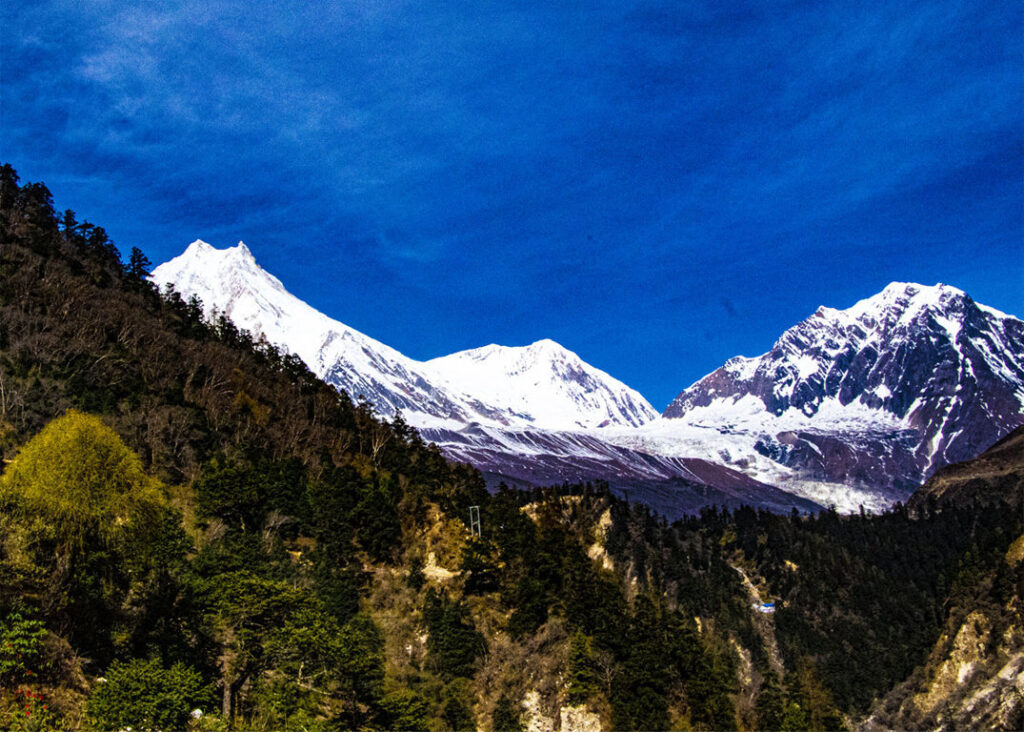
Cultural Immersion:
Encounter the unique culture and lifestyle of the local communities, including the indigenous ethnic groups of Nubri and Tsum.
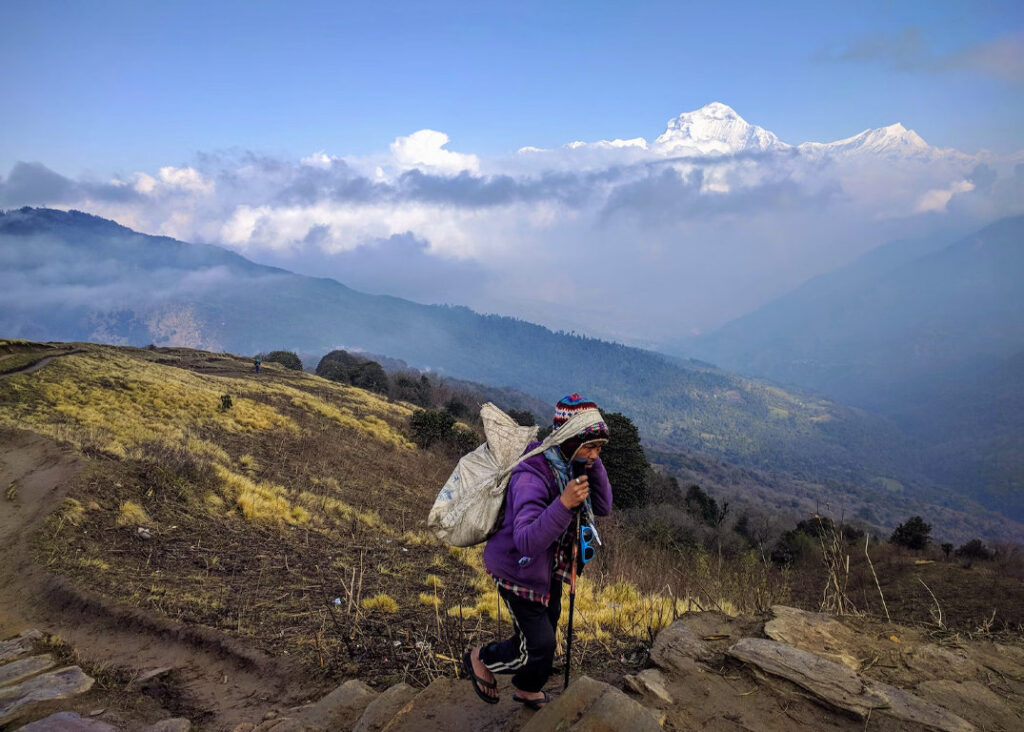
Visit ancient monasteries, and quaint villages, and experience warm hospitality along the trail.
Untouched Natural Beauty:
Traverse through lush forests, cascading waterfalls, terraced fields, and serene alpine meadows. Witness the awe-inspiring Budhi Gandaki River gorge and the mesmerizing Larkya La Pass.
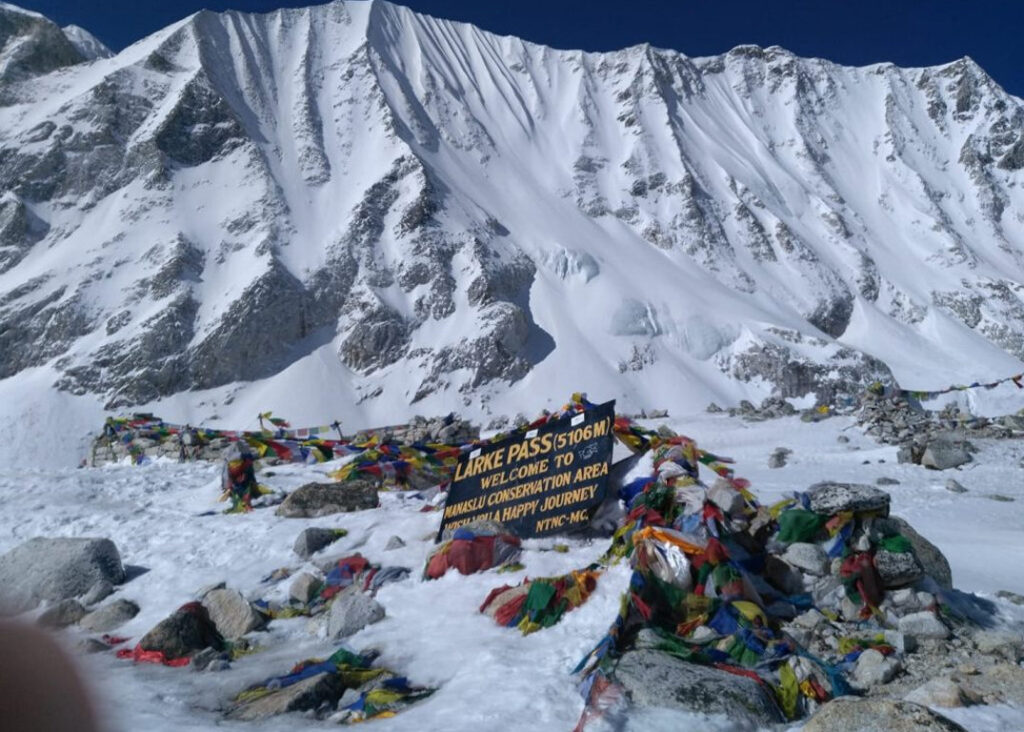
Rhododendron Blooms:
May is a fantastic time to witness the vibrant blooms of rhododendron forests along the trekking trail.

The hillsides come alive with hues of red, pink, and white as these beautiful flowers blanket the landscape, adding an extra touch of natural beauty to your journey.
Fewer Crowds:
Compared to the peak trekking seasons, such as autumn and spring, May offers a quieter and more serene trekking experience.
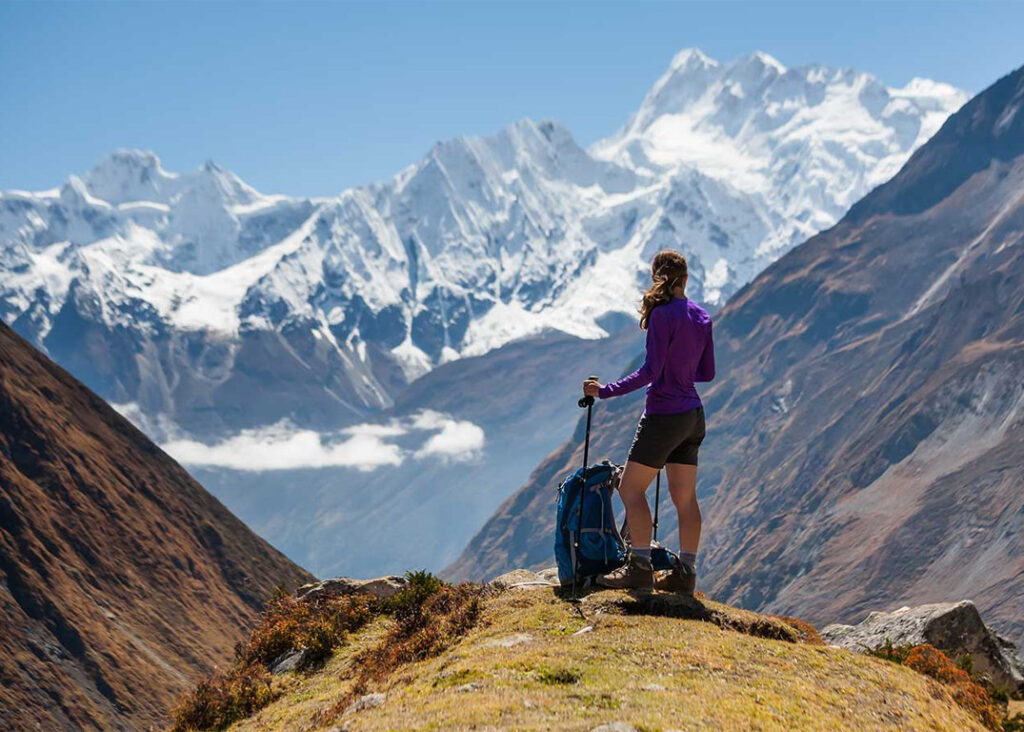
The trail sees fewer trekkers, allowing you to enjoy the tranquility of the surroundings, connect with fellow trekkers, and have a closer interaction with the local communities.
Snow-Capped Peaks:
May provides an excellent opportunity to witness the snow-capped peaks in their full glory. The clear skies and reduced cloud cover offer unobstructed views of the majestic mountains, including Mount Manaslu itself.
Also Read: Manaslu Trek in April: Weather, Difficulty, Travel Tips, and More
Gazing at these awe-inspiring giants against the backdrop of the blue sky is a truly mesmerizing experience.
Waterfalls and Rivers:
The melting snow and glaciers in May result in robust and gushing waterfalls along the trekking route. You’ll encounter numerous cascades and streams, their soothing sounds providing a refreshing soundtrack to your trek.

Crossing suspension bridges over the Budhi Gandaki River and its tributaries adds an adventurous element to your journey.
Cultural Experiences:
The Manaslu region is rich in cultural heritage and May offer ample opportunities to engage with local traditions and customs. Visit ancient monasteries like the Rachen Gompa and Mu Gompa, where you can witness Buddhist rituals, meet the resident monks, and gain insights into their way of life.
Interact with the warm and hospitable locals in the traditional villages, experiencing their daily routines and unique cultural practices.
Larkya La Pass:
The highlight of the Manaslu trek is crossing the formidable Larkya La Pass, situated at an altitude of 5,160 meters (16,929 feet). This challenging yet rewarding section of the trek offers breathtaking panoramic views of surrounding peaks and glaciers.

Standing at the pass and gazing at the vast Himalayan expanse is a remarkable achievement and a memory that will stay with you forever.
Wildlife Sightings:
May provides favorable conditions for wildlife sightings in the Manaslu Conservation Area. Keep your eyes peeled for elusive species such as the snow leopard, Himalayan black bear, and red panda.
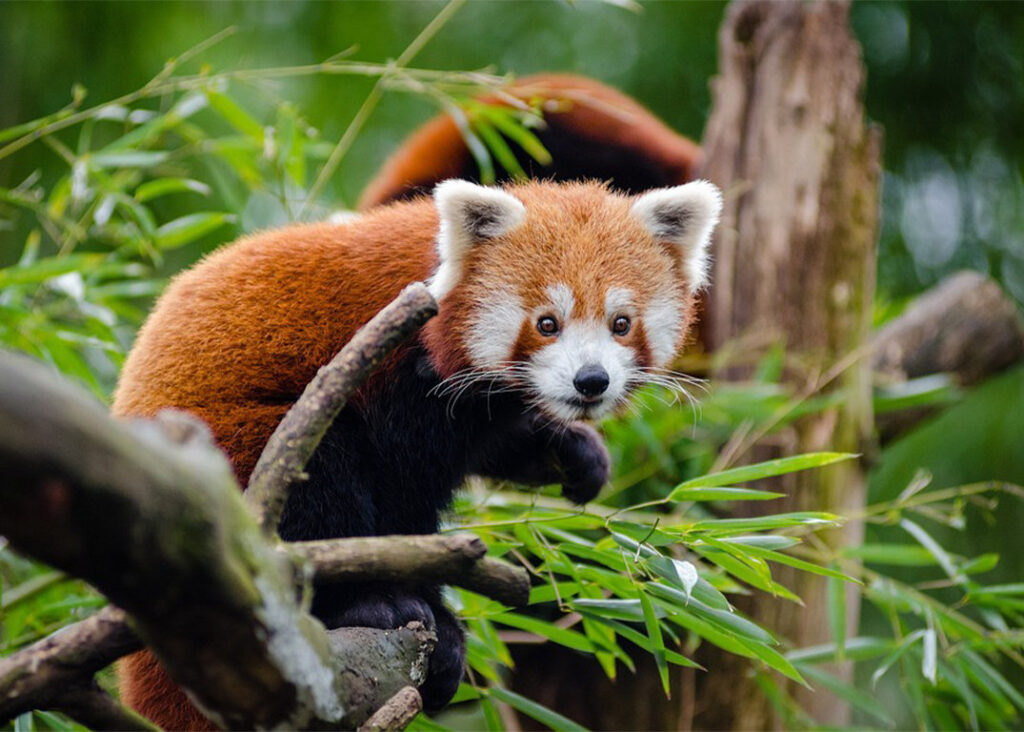
Spotting these rare creatures in their natural habitat is an extraordinary experience for wildlife enthusiasts.
Weather Conditions of Manaslu Trek in May
May marks the beginning of the pre-monsoon season in Nepal, offering favorable weather conditions for trekking in the Manaslu region. Expect pleasant daytime temperatures ranging from 10-20°C (50-68°F) in lower altitudes and cooler temperatures above 3,000 meters (9,842 feet).
However, be prepared for occasional showers and unpredictable weather changes, especially in higher elevations.
Temperatures:
- In May, the temperatures in the Manaslu region are generally mild and pleasant. During the daytime, temperatures at lower elevations (around 1,000 to 2,000 meters or 3,280 to 6,560 feet) can range from around 10 to 20°C (50 to 68°F). As you ascend to higher altitudes, the temperatures gradually decrease. In areas above 3,000 meters (9,842 feet), you can expect cooler temperatures, ranging from around 5 to 15°C (41 to 59°F).
Clear Skies:
- May brings relatively clear skies and good visibility, allowing for stunning views of the surrounding mountains and landscapes. The days are generally sunny, providing ample opportunities for capturing breathtaking photographs and enjoying the panoramic vistas of the Himalayas.
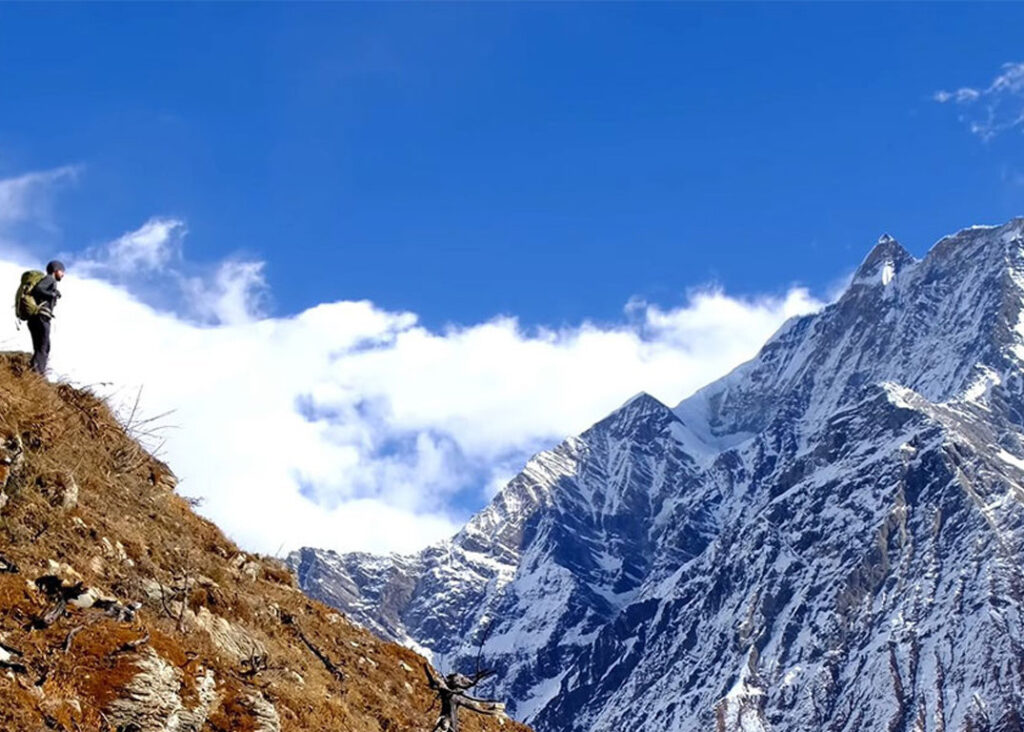
Pre-Monsoon Season:
- May falls during the pre-monsoon season in Nepal. While the weather is generally favorable, it’s important to note that this period can also experience occasional rain showers and cloud cover. These weather changes are more common in the afternoon and evening, while mornings tend to be clearer. It’s advisable to start your trek early in the day to make the most of the favorable weather conditions.
Unpredictability:
- Weather conditions in the mountains can change quickly, and it’s essential to be prepared for sudden weather fluctuations. Even though May is considered a relatively stable month for trekking in the Manaslu region, it’s wise to carry appropriate rain gear, such as a waterproof jacket and pants, to stay dry during rain showers. Additionally, pack layers of clothing to adjust to changing temperatures throughout the day.
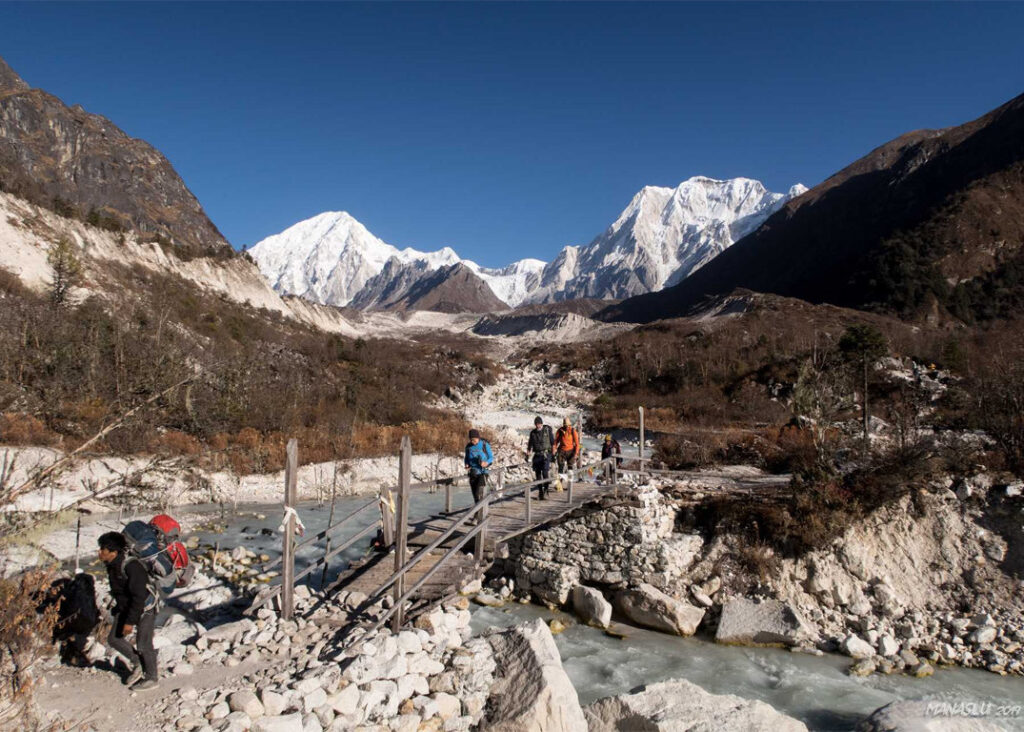
Altitude Considerations:
- As you ascend higher into the mountains, the temperatures become cooler, and the weather conditions can be more challenging. At higher altitudes, especially during the Larkya La Pass crossing, expect colder temperatures, strong winds, and the possibility of snowfall. It’s crucial to have proper cold-weather gear, including warm clothing, a down jacket, gloves, a hat, and suitable footwear, to stay comfortable and safe in these conditions.
It’s important to note that weather conditions can vary from year to year, and it’s recommended to check the weather forecast before your trek. Consult with local trekking agencies or guides who have up-to-date information about the current weather conditions and any potential risks.
Flora and Fauna
The Manaslu region boasts a diverse range of flora and fauna. As you ascend, you’ll encounter different vegetation zones, including subtropical forests, rhododendron and bamboo forests, and alpine meadows. Keep an eye out for wildlife such as Himalayan tahr, musk deer, langur monkeys, and various bird species like pheasants and eagles.
Flora
Rhododendron Forests:
May is a fantastic time to witness the vibrant blooms of rhododendron forests along the trekking trail. These beautiful flowers paint the landscape in hues of red, pink, and white, creating a spectacular sight.
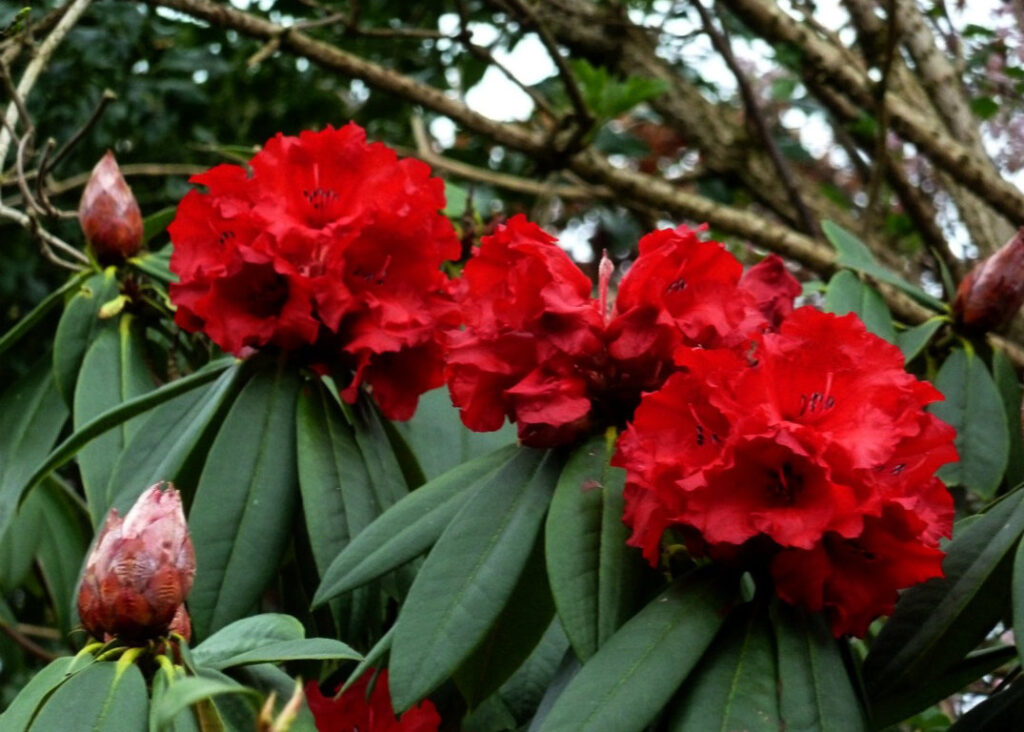
The rhododendron forests are particularly abundant in the lower to mid-latitude regions, adding a burst of color to the surrounding greenery.
Alpine Meadows:
As you ascend to higher elevations, you’ll come across vast alpine meadows adorned with various wildflowers. These meadows create a stunning contrast against the snow-capped peaks and provide an enchanting setting for trekkers.
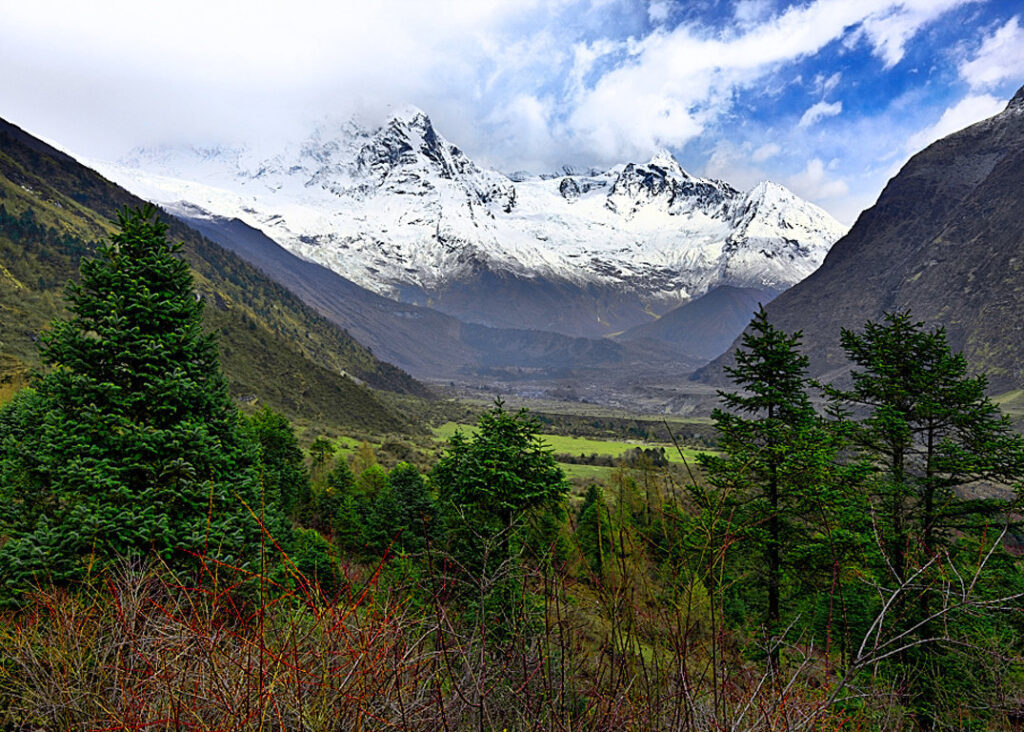
Look out for primulas, gentians, saxifrages, and other alpine plant species that thrive in this alpine ecosystem.
Bamboo and Coniferous Forests:
In the lower sections of the trek, you’ll pass through dense bamboo forests, which are home to diverse plant species.

As you gain altitude, these bamboo forests gradually transition into coniferous forests. Pine, fir, and juniper trees dominate the higher elevations, providing a cool and refreshing environment along the trail.
Fauna
Himalayan Wildlife:
The Manaslu region is a haven for diverse wildlife species. While spotting wildlife requires patience and a bit of luck, keep an eye out for the following creatures:
- Himalayan Tahr: These mountain goats are commonly found on the rocky slopes and cliffs of the region. With their distinctive horns and agile movements, they are a fascinating sight to behold.
- Musk Deer: Known for their musk glands, musk deer are shy and elusive. They inhabit the forests and can be spotted if you are quiet and observant.
- Snow Leopard: Though extremely rare and elusive, the Manaslu Conservation Area is known to be home to the elusive snow leopard. Spotting this majestic big cat would be a once-in-a-lifetime experience.
- Red Panda: Another elusive creature, the red panda, can occasionally be found in the dense forests of the region. These adorable and endangered animals are known for their distinctive markings and tree-dwelling habits.
Bird Species:
The Manaslu region is a paradise for birdwatchers. Keep an eye out for various avian species, including the colorful Danphe (Lophophorus Impejanus), Nepal’s national bird.
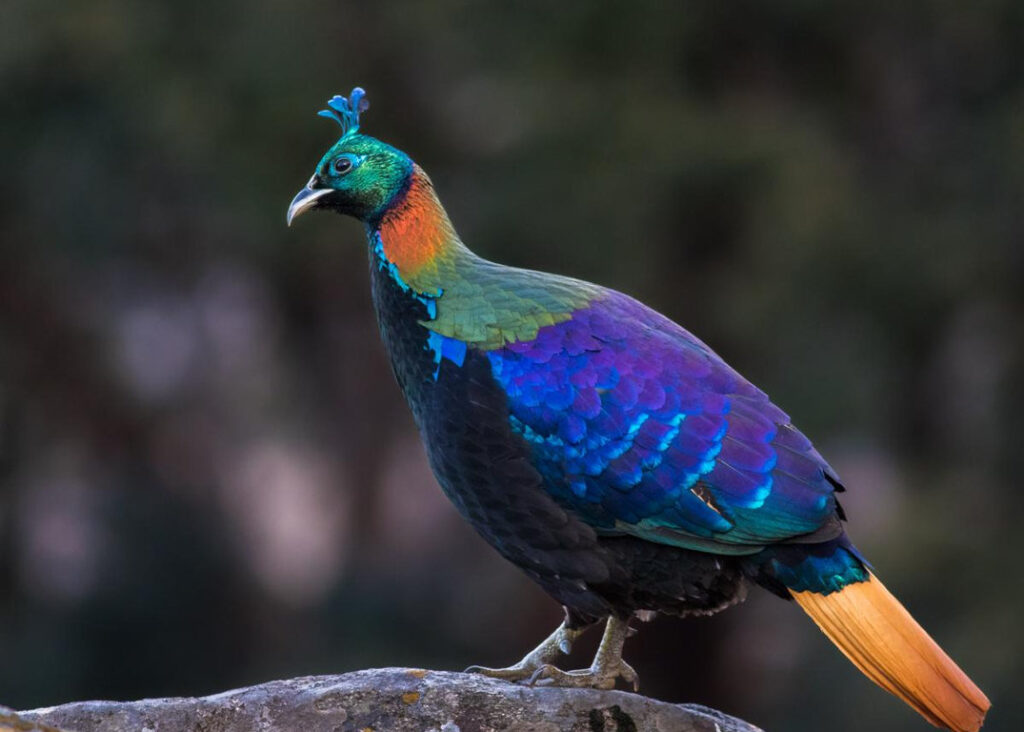
You may also spot Himalayan monals, eagles, vultures, pheasants, and numerous other bird species during your trek.
Conservation Areas:
The Manaslu region is home to the Manaslu Conservation Area, established to protect its unique biodiversity. The conservation area aims to preserve the diverse flora and fauna of the region, providing a sanctuary for wildlife. While trekking, it’s important to respect the conservation area’s guidelines and practices, such as staying on designated trails and minimizing your impact on the environment.

As you trek through the Manaslu region in May, take the time to appreciate the rich biodiversity that surrounds you. From the vibrant rhododendrons and alpine meadows to the possibility of encountering rare wildlife species, the flora and fauna of this region add an extra layer of wonder to your trekking experience.
Surroundings and Scenic Views
The Manaslu trek offers stunning views of the surrounding landscapes. From lush valleys and terraced fields to glaciers and snow-clad peaks, every step will reward you with a postcard-worthy vista. Be prepared to be awe-struck by the unparalleled beauty of the region.
Essential Gear
Packing the right gear is crucial for a successful trek. Some essential items to consider include sturdy trekking boots, layered clothing for varying temperatures, a reliable backpack, a warm sleeping bag, a waterproof jacket, sunscreen, sunglasses, a hat, and trekking poles.
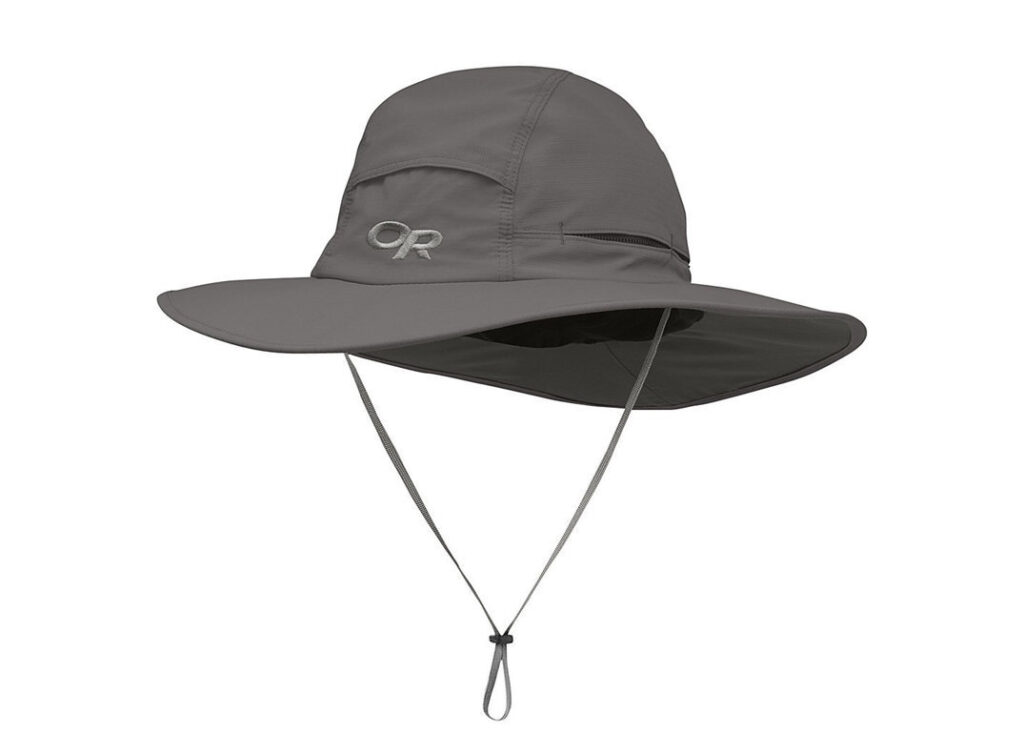
It is also essential to carry a comprehensive first-aid kit. Some essential gear for your trek:
Trekking Boots:
Invest in a good pair of sturdy, well-fitting trekking boots that provide ankle support and have a good grip.
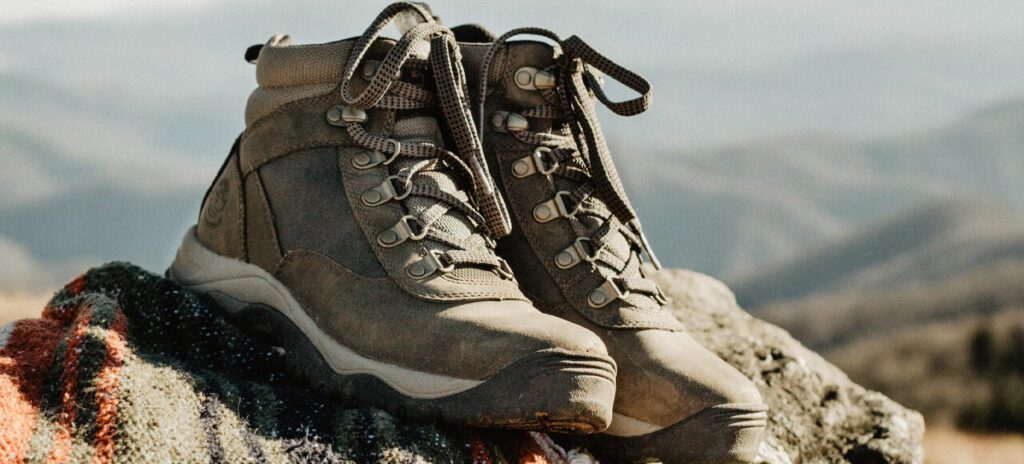
Ensure that you break them in before your trek to avoid blisters and discomfort.
Layered Clothing:
May weather in the Manaslu region can vary, so it’s crucial to pack and dress in layers. Carry lightweight, moisture-wicking base layers, insulating mid-layers such as fleece or down jackets, and a waterproof and windproof outer shell to protect against rain and cold winds.
Waterproof Jacket and Pants:
May is during the pre-monsoon season, and rain showers are common. Carry a waterproof and breathable jacket and pants to stay dry during wet weather.
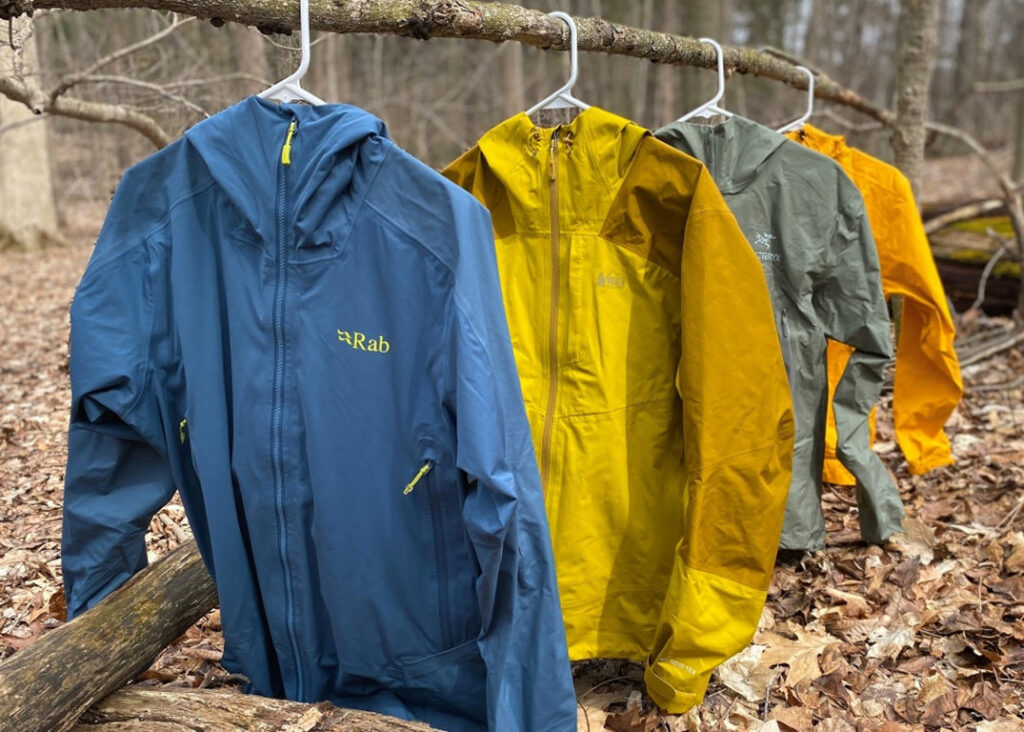
These garments should have sealed seams to prevent water from seeping in.
Warm Clothing:
As you ascend to higher altitudes, temperatures can drop significantly, especially during the night. Pack warm clothing, including thermal layers, a down jacket or insulated parka, warm hats, gloves, and socks to stay comfortable in the colder sections of the trek.
Daypack:
A comfortable daypack with a capacity of 20-30 liters is essential for carrying your daily essentials, such as water bottles, snacks, extra clothing layers, a camera, sunscreen, and a rain cover for your pack.
Also Check: Manaslu Trek in March: Weather, Difficulty, Travel Tips, and More
Sleeping Bag:
Carry a good-quality sleeping bag suitable for temperatures below freezing, as temperatures can drop at higher elevations during the night.
A four-season sleeping bag rated for colder temperatures will ensure a warm and comfortable night’s sleep.
Trekking Poles:
Trekking poles provide stability and support, especially during steep ascents and descents. They help reduce the strain on your knees and provide balance on uneven terrain.
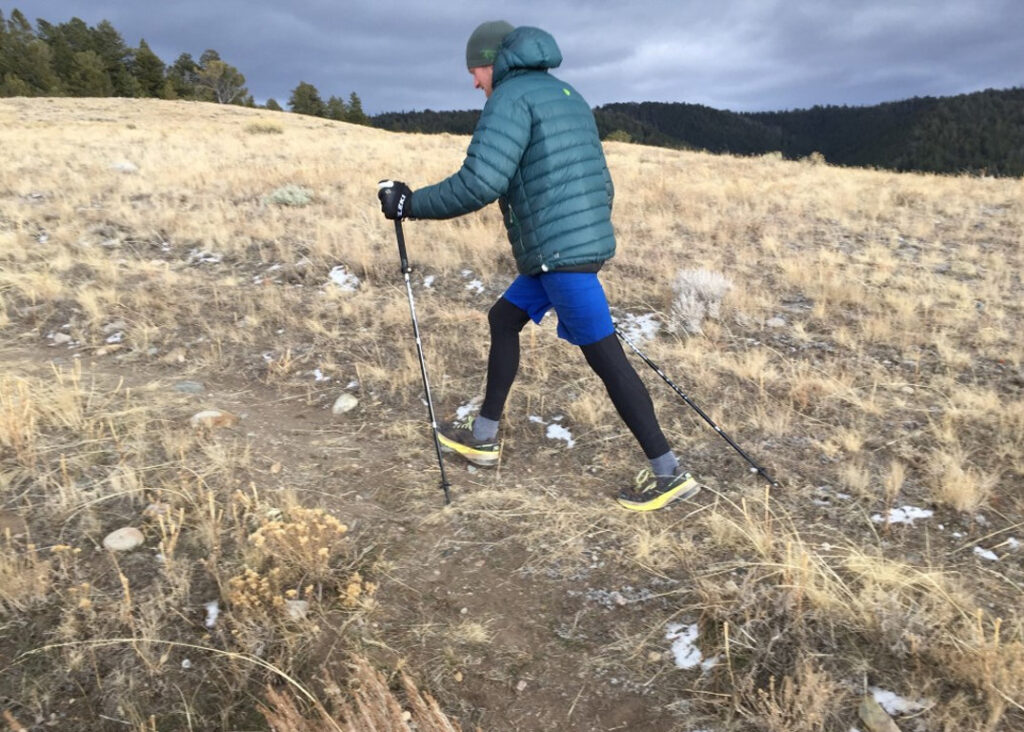
Headlamp or Flashlight:
A headlamp or flashlight is essential for navigating in the dark, especially during early morning hikes or if you need to use the restroom at night. Make sure to carry spare batteries or ensure that your headlamp is fully charged.
Sun Protection:
Don’t forget to pack sunscreen with a high SPF, sunglasses with UV protection, and a wide-brimmed hat to shield yourself from the strong Himalayan sun.
First-Aid Kit:
Carry a well-stocked first-aid kit that includes essential items such as bandages, antiseptic ointment, pain relievers, blister pads, and any personal medications you may need. It’s also wise to carry a basic altitude sickness medication but consult with a healthcare professional before taking any such medication.
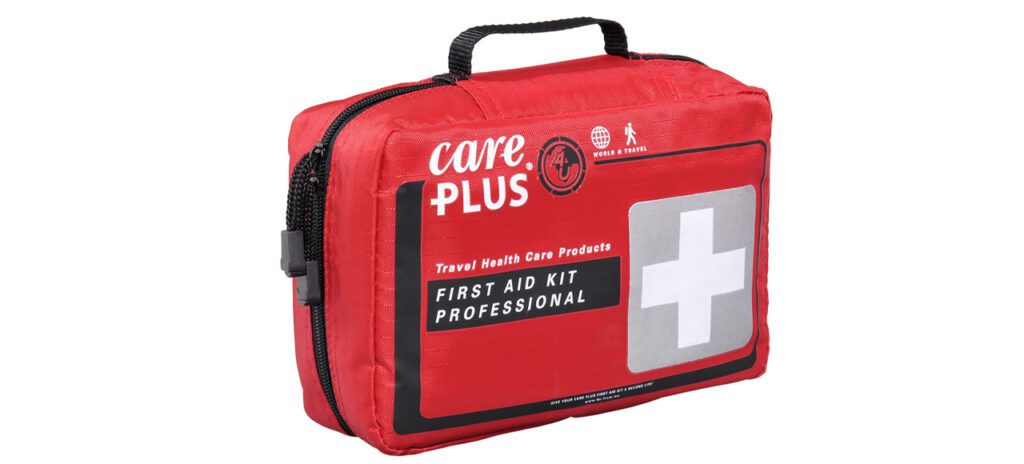
Remember to pack light while ensuring you have all the necessary gear. It’s also advisable to consult with experienced trekking guides or tour operators to get specific recommendations based on the weather conditions and terrain of the Manaslu region during May.
By being well-prepared with the right gear, you’ll be equipped to tackle the challenges of the trek while ensuring your safety, comfort, and enjoyment throughout the journey.
Crowd Expectations
Compared to popular treks like Everest Base Camp or Annapurna Circuit, the Manaslu trek generally sees fewer trekkers. However, in recent years, its popularity has been steadily increasing.

In May, you can expect a moderate number of trekkers along the trail, allowing for a more serene and peaceful experience.
Festivals and Cultural Events
May is a festive month in Nepal, and you may encounter local festivals during your trek. Celebrations such as Buddha Jayanti, the birth anniversary of Lord Buddha, and the Manaslu Festival showcase the region’s cultural heritage.

Embrace the spirit of these festivities by participating in the local customs, dances, and rituals, providing a unique opportunity to engage with the vibrant culture of the Manaslu region.
Transportation from Manaslu to Kathmandu
Upon completing the Manaslu trek, you have a few options for transportation back to Kathmandu. The most common and convenient method is to take a jeep or bus from the trek’s endpoint, Besisahar or Dharapani, to Kathmandu.
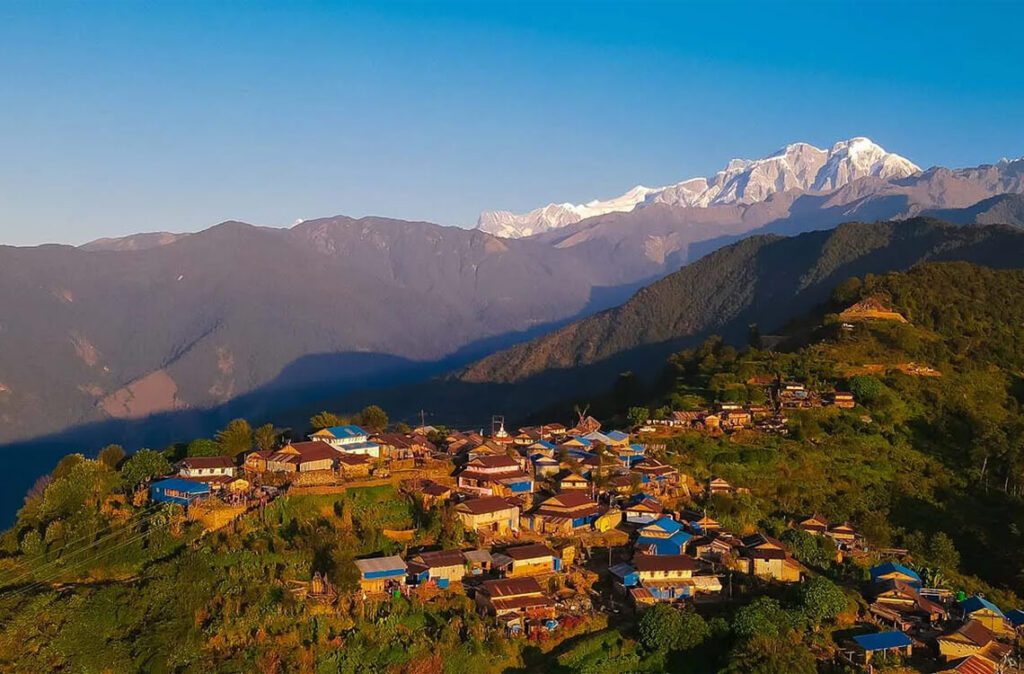
The journey takes around 7-10 hours, depending on road conditions. Alternatively, you can arrange a private vehicle or opt for a domestic flight from nearby airports like Pokhara or Lamjung.
Side Treks and Extensions
If you have extra time and energy, there are several side treks and extensions that can enhance your Manaslu experience. Some popular options include:
Tsum Valley Trek
Extend your journey by exploring the culturally rich Tsum Valley, known for its ancient Buddhist monasteries, remote villages, and pristine landscapes. This extension typically adds around a week to your trekking itinerary.
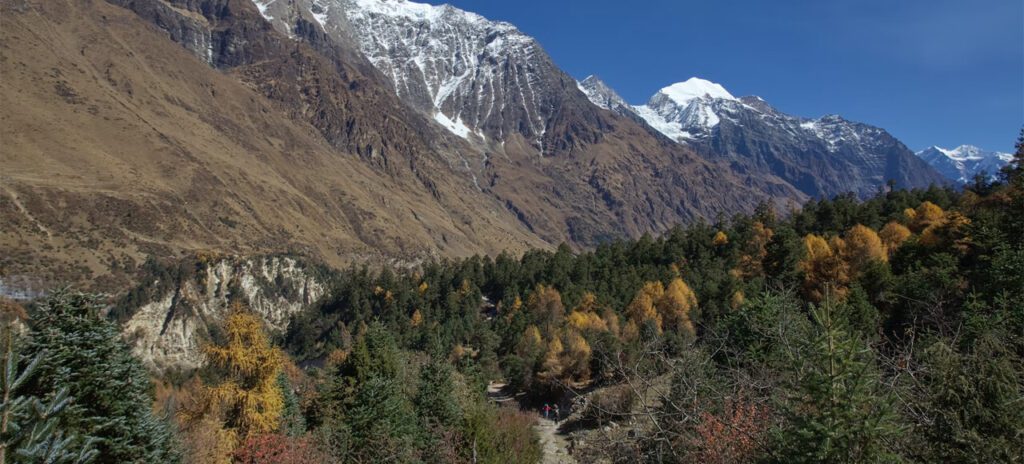
a) Pungyen Gompa Excursion: Take a detour to the Pungyen Gompa, a beautiful monastery perched atop a hill. The hike offers stunning panoramic views of Mount Manaslu and the surrounding peaks.
b) Manaslu Base Camp: For more experienced trekkers, a challenging extension to the Manaslu Base Camp can be undertaken. It rewards you with a close-up view of the mighty Manaslu and the glacial terrain surrounding it.
Difficulty Level
The Manaslu trek is considered moderately challenging, requiring a good level of physical fitness and prior trekking experience. The trail involves steep ascents and descents, high altitudes, and remote sections with limited facilities.
Acclimatization days are crucial to adjust to the altitude. Hiring a knowledgeable guide and ensuring proper travel insurance is highly recommended for a safe and enjoyable trek.
Let our expert team at Asian Heritage Treks and Travel take care of everything — from guided tours to personalized packing tips and travel arrangements.
Plan My Manaslu Trip







